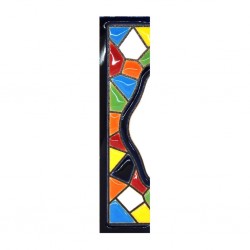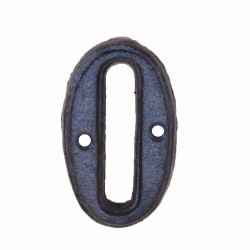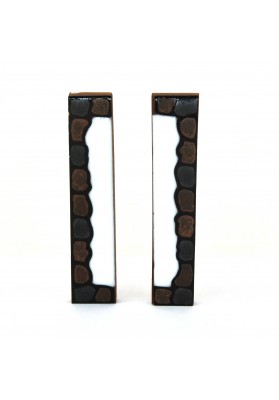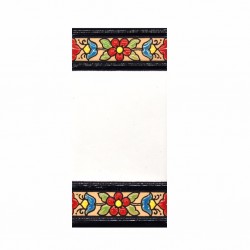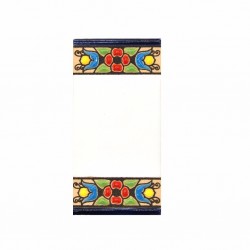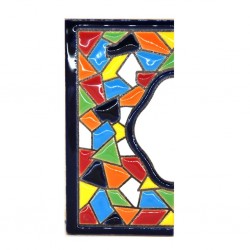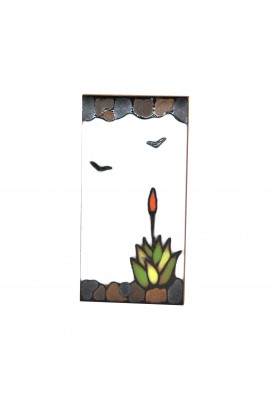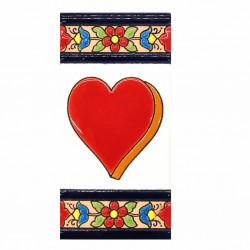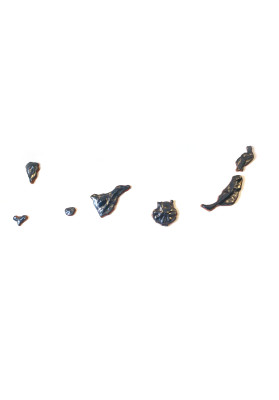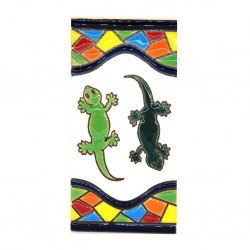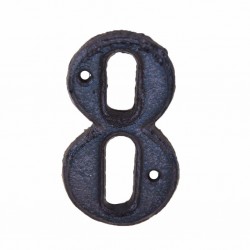One of the jewels of Canarian craftsmanship is its pottery. Colorful, lively, traditional and carrying the essence of the warmth of its people.
In Canarias Shop you have an extensive collection of ceramics from the Canary Islands. Just a click from your home, and with the convenience of fast shipping, you can choose the creations you like the most.
Canarian Ceramic Tiles
More than just a material from which some utensils in our kitchen can be made, ceramics is considered the art of crafting or elaborating objects of various uses from clay. It has a history that dates back to the most primitive times of the world, and in this article, you will learn about its origins, characteristics, and how ceramics are made.
Origin of Ceramics
Ceramics is an art whose origin dates back thousands of years. Thanks to various archaeological findings, ceramics has been crucial in constructing historical records that give us clues about the cultural, religious, commercial, or domestic behaviors of ancient populations.
Its first appearance was approximately in 24,000 B.C. during the Paleolithic period when it was used by humans for artistic and ceremonial purposes.
During this time, animal and even human figures were made from clay, which was dried in the sun or through firing processes in kilns.
Subsequently, in the Neolithic period, around 12,000 to 7,000 B.C., objects and utensils were started to be made that served as containers for transporting water over long distances and later for use in cooking, decoration, and for storing jewelry and other items.
The Greeks were the ones who gave the name we now know as ceramics, from the word "keramikós," which means "burnt substance," as the clay used by potters in Athens in antiquity was known.
Characteristics of Ceramics
Ceramics is a material that has been used for thousands of years, with great utility in various areas, so much so that its production became an art. It is made from fired clay, which can be pure or mixed with other materials that, when fused, result in this product that can be molded into any desired shape according to the intended use.
Ceramics is characterized by various important properties, including its hardness, rigidity, or fragility depending on the physical circumstances in which it is exposed. Here are some of them:
Hardness
This characteristic is due to its composition rich in silicate and sand (clay). These elements must undergo a fine grinding process to obtain a homogeneous and less fragile consistency.
Fragility
When ceramics are exposed to tension, they tend to fracture quickly due to the glassy consistency they acquire during firing.
Non-elasticity
Ceramics can only be molded once. After being fired, it hardens and cannot return to its elastic state.
Refractory
To obtain ceramics, kilns capable of heating up to 1000°C are needed. For this reason, ceramics can withstand high temperatures without deteriorating.
Resistance to abrasion
Once ceramics are obtained, despite being fragile against tension and impacts, they are resistant to abrasive and corrosive chemicals, making it difficult for them to deteriorate when exposed to such substances.
Techniques for Obtaining Ceramics
To obtain ceramic pieces, there are several techniques, and the appropriate technique to use will depend on the piece to be made. They are:
• Pinch: The clay ball is squeezed between the thumb and forefinger until the desired shape is obtained.
• Coil: Fingers are slid from the center to the edges of the clay in rolls to extend it on a circular base.
• Slab: The clay is flattened with rollers and then cut into the desired shapes.
Stages in Ceramic Manufacturing
There are four basic processes used to obtain ceramics: turning, firing, glazing and decoration, and the second firing. Before all of this, the sifted clay must be mixed with water to begin to give consistency to the mixture and make it ideal for the manufacture of ceramic pieces.
Turning
This is basically the way clay is shaped. It is implemented through different elements, from the use of hands to the use of special materials or molds on the lathe, a rotating base that helps us in this process.
The clay ball is placed on the rotating wheel, and with the hands, it is shaped and controlled while molding it into the desired shape.
Firing
After the process that shapes the piece, it must undergo a firing or baking process where it is subjected to high temperatures of around 1000°C. In this process, the ceramics acquire the hard consistency that characterizes them, and the bisque is ready for the next step.
Glazing and Decoration
It is at this point where ceramics acquire their shine, thanks to ceramic glaze. This is also where designs are made to give the piece a decorative touch.
Second Firing
Finally, a second firing is carried out to allow the glaze and paint to permanently adhere to the ceramics. This process requires approximately 1000 to 1200°C to have the ceramic piece ready.

